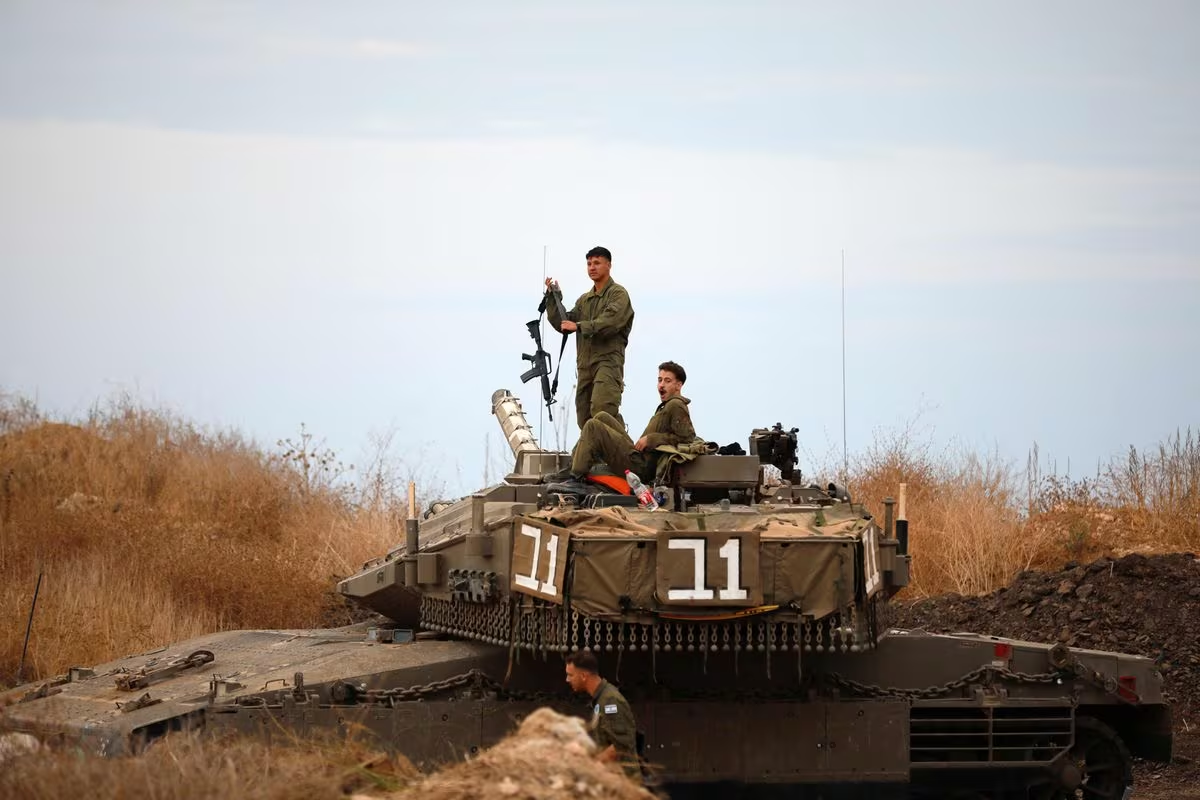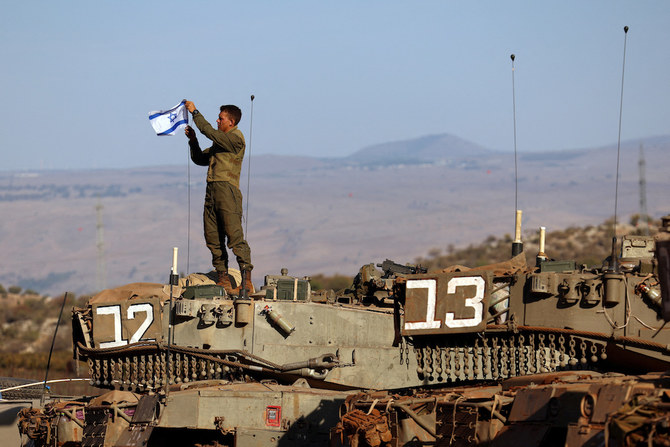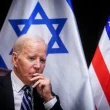Introduction:
In a significant diplomatic development, the United States has taken the lead in pushing for the establishment of a buffer zone between Israel and Hezbollah. This initiative carries implications for regional stability, geopolitical dynamics, and the ongoing tensions in the Middle East. This article explores the U.S.-led effort, analyzes the factors driving this strategic move, and considers the potential outcomes for the nations involved and the broader Middle East.
U.S. Leadership in Establishing a Buffer Zone:
The United States has assumed a pivotal role in advocating for the creation of a buffer zone between Israel and Hezbollah. This initiative aims to address regional security concerns and reduce the potential for conflicts along the Israel-Lebanon border.
Key Factors Driving the U.S.-Led Initiative:
- Regional Stability: The establishment of a buffer zone is envisioned as a measure to enhance stability in a region marked by historical tensions and periodic escalations between Israel and Hezbollah.
- Diplomatic Outreach: The U.S. initiative reflects a commitment to diplomatic solutions, seeking to address longstanding issues through negotiations and dialogue rather than military confrontation.
- Preventing Escalation: A buffer zone could serve as a physical space to mitigate the risk of unintended escalations, providing a measure of separation between the forces of Israel and Hezbollah.
Geopolitical Implications and Regional Dynamics:
- Regional Alliances: The push for a buffer zone involves navigating complex regional alliances. The response of neighboring countries and regional players will be crucial in determining the success and acceptance of this initiative.
- Israeli Security Concerns: Israel’s perspective on the establishment of a buffer zone will play a pivotal role. Ensuring Israel’s security while addressing its concerns is a delicate balance that requires diplomatic finesse.
- Hezbollah’s Response: As a significant player in Lebanon and the broader regional dynamics, Hezbollah’s response to the proposed buffer zone will shape the feasibility and effectiveness of the initiative.

Potential Outcomes and Challenges:
- Diplomatic Breakthrough: A successful establishment of a buffer zone could represent a diplomatic breakthrough, fostering a more stable and secure environment along the Israel-Lebanon border.
- Resistance and Opposition: The proposal may face resistance from factions within Lebanon, especially if it is perceived as compromising national sovereignty or favoring the interests of one party over another.
- International Support: The level of international support for the U.S.-led initiative will be a critical factor. Engaging with relevant stakeholders, including the United Nations and regional organizations, will influence the initiative’s legitimacy.
Analyzing the U.S. Initiative: A Comparative Insight
| Aspect | U.S.-Led Effort for Buffer Zone | Potential Geopolitical Impact |
|---|---|---|
| Regional Stability | Diplomatic Approach to Tensions | Influencing stability and relations in the Middle East. |
| Security Considerations | Balancing Interests | Addressing security concerns while respecting sovereignty. |
| Diplomatic Engagement | Leading Negotiations | Shaping diplomatic discourse and fostering regional dialogue. |
| Global Implications | International Support and Legitimacy | Garnering support for the initiative on the global stage. |
Navigating Complexities: Strategies for Success:
- Multilateral Diplomacy: Engaging in multilateral diplomatic efforts involving key stakeholders, including regional players, the United Nations, and influential nations, to build consensus.
- Humanitarian Considerations: Ensuring that the proposed buffer zone accounts for the well-being of local populations and addresses humanitarian concerns to gain broader support.
- Conflict Resolution: Introducing mechanisms for conflict resolution within the proposed buffer zone to prevent and manage potential disputes, contributing to long-term stability.
Conclusion:
The U.S.-led push for a buffer zone between Israel and Hezbollah represents a diplomatic effort to address longstanding regional tensions. Navigating the complexities of this initiative requires strategic diplomacy, regional cooperation, and a commitment to finding solutions that enhance stability and security in the Middle East. As the proposal unfolds, the responses of key stakeholders and the effectiveness of diplomatic engagement will shape the potential success and impact of this strategic move.










